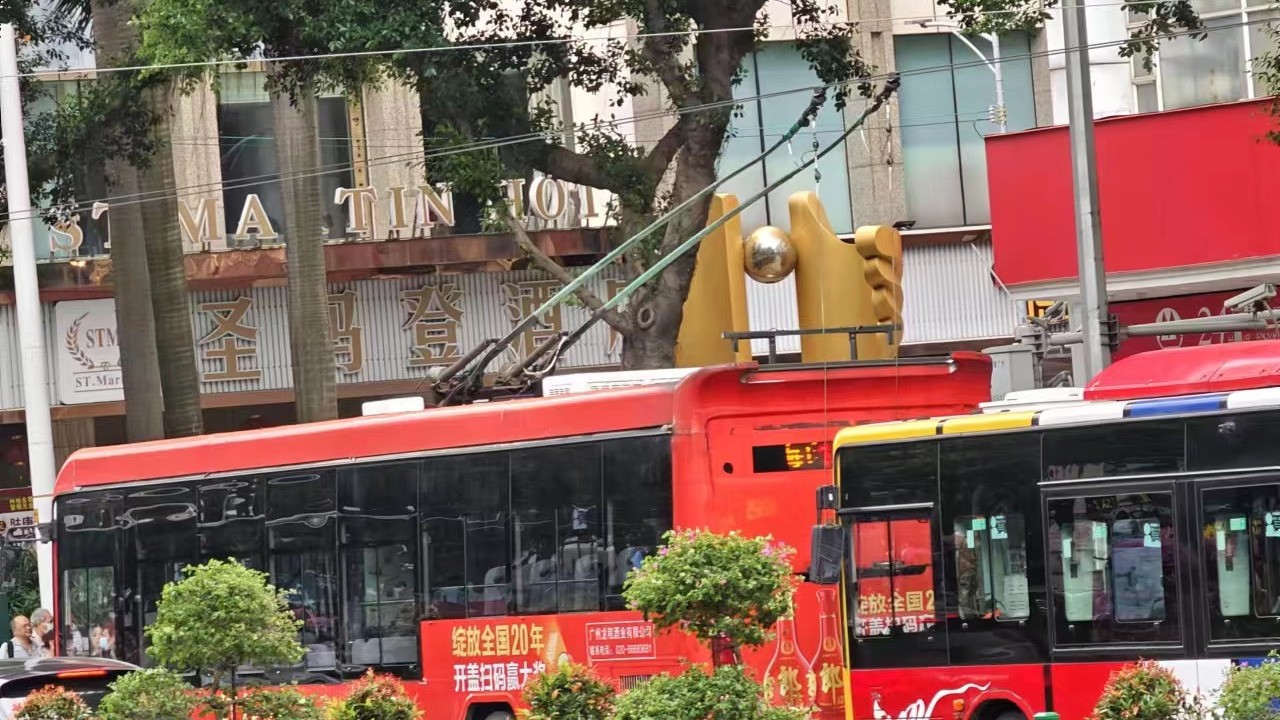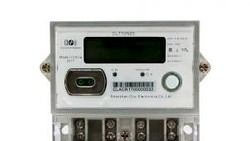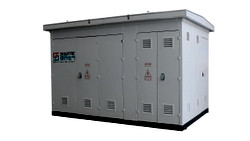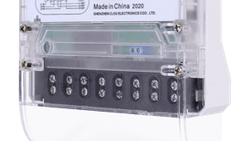Recently (30.08.2023), I saw an article about a highway electrification trial for trucks. Electric trucks known as O-Lkw in Germany can drive on battery power and "refuel" by collecting electricity from the overhead lines along an increased twelve kilometre segment of the A5 test route south of Frankfurt. Let me share some thought on this, before we look into the subject of trolley buses.
Considering a truck driving at an average speed of 80 km/h, it would take approximately 9 minutes to complete the trial segment. Utilizing a DC-Level 2 charging system with a power output of 400 kW, assuming a charging efficiency of 90 %, we can theoretically store around 54 kWh of energy after 9 minutes of charging. It's important to note that the energy consumption of a heavy truck is typically around 2 kWh per km. Therefore, after completing the test section, the truck would have consumed approximately 24 kWh of energy, resulting in a net increase of 30 kWh in the battery.
In my humble opinion, when considering the figures presented, it seems that the benefits of this charging scenario may not be quite as promising as one might hope when weighed against the costs associated with electrification and trucks.
Another segment looks much more promising, especially for regions which have kept the old infrastructure.
Revitalizing Grid-Powered Public Transportation
Over the past decade, there has been a revival of interest in electric public transportation systems around the world. Once a common sight in many cities, trolley buses that draw power from overhead lines saw reductions and cancellations starting in the 1950s as diesel buses gained popularity. However, concerns over local air pollution, climate change, and energy security are now driving a re-emergence of electric bus technologies. Several cities have reintroduced or expanded their trolley bus networks, joining others that never fully abandoned the technology. This transition stands to impact energy systems as additional load is placed on electric utility grids.
Trolley buses typically operate on either 600 V or 750 V DC power from the overhead lines. The 600 V standard is most common across Europe and North America, while some Russian and Chinese systems utilize 750 V. High voltage DC is distributed through the overhead wiring to power connectors on the bus rooftop. Onboard converters then modify the voltage to power electric traction motors, lighting, air conditioning and other onboard equipment loads.
Trolley buses offer some key advantages over diesel alternatives. They produce zero direct emissions, helping cities meet increasingly stringent air quality and greenhouse gas reduction targets. Operating costs are also lower due to cheaper electricity compared to diesel fuel. Trolley systems can leverage existing electrical infrastructure rather than relying on new battery technologies. Route flexibility is greater than light rail networks, since trolley buses do not require fixed tracks and can operate on public roads.

What about the Metering?
Metering the electricity usage of trolley buses is important for utilities to monitor load and charge transit agencies appropriately. There are a few different approaches:
- Overhead line meters
Sensors can be installed in the overhead wiring to directly measure the current being drawn by buses along each section of line. This provides visibility into usage across different routes. - Onboard metering
Buses may have integrated meters that track power consumed from the overhead lines. Data is logged locally and transmitted wirelessly. This allows utilities to bill based on individual vehicle usage. - Simulated load profiles
In some cases, historical usage data and modelled bus schedules are used to estimate typical daily loads for different fleet sizes, rather than direct metering. - Substation metering
For larger depots, utilities may meter power coming into substations that distribute to multiple routes and Bus Rapid Transit corridors. Load is allocated based on schedules. - Time-of-use
Utilities often charge transit agencies different rates depending on hourly/seasonal demand to encourage off-peak charging. This requires metering capable of time-differentiated usage data.
Accurately metering trolley bus electricity consumption at appropriate points in the distribution system helps utilities balance supply and demand while establishing fair billing structures with transit operator customers.
Many European cities have committing to converting significant portions of their bus fleets to trolley over the coming decade. For example, Stockholm plans to completely replace its diesel buses by 2030. New trolley networks are launching as well, such as in Padua, Italy, which opened a 16 km system in 2019. Several North American cities like Seattle are building trolley extensions or considering full network revivals after decades of neglect. Even developing countries like Brazil and Peru have ongoing trolley bus expansion projects.
In China, trolleybuses play a vital role in public transportation across 27 cities. Among them, Beijing stands out with its impressive trolleybus system, which is not only the most extensive in China but also ranks among the largest worldwide. The system encompasses 31 routes and is served by a fleet of over 1,250 dual-mode single and articulated trolleybuses. Notably, Beijing takes pride in being the home of Asia's first eBRT (electric bus rapid transit) trolleybus system. Similarly, Shanghai's trolleybus system holds a remarkable distinction as the world's oldest continuously operating system, having commenced its service back in November 1914.
However, increased adoption of electric public transit also brings challenges for electric utilities. Trolley buses require much higher power levels than most electric vehicles, with individual buses drawing over 100 kW continuously while operating. A large trolley fleet introduces new heavy load centres on distribution grids.
Without properly forecasting this rising demand, utilities risk overloading transformers and cables. They must upgrade substations and lines proactively to avoid disruptions or mandated limits on fleet growth. Utilities will also face additional costs for further generating capacity and energy to supply all these electric buses every day.
Strategic coordination is needed between transit agencies and electric utilities for successful mass deployment of trolley networks. Transit electrification ultimately reduces dependence on imported fuels but shifts load onto the electric grid. Governments and regulators must facilitate the necessary investments to strengthen infrastructure and generation in concert with transportation decarbonization goals.
With prudential planning, cities stand to reap the air quality, economic and climate benefits of this re-emerging clean technology for public transportation. The energy demands of expanded trolley fleets worldwide also provide impetus for further developing renewable energy and smart grid management solutions.
If you have any questions regarding our AC/DC metering and calibration technologies, please don't hesitate to contact our team or share your thoughts and feedback in the comments section below.
Editor's note: This article was originally published in September 2023 and has been updated for comprehensiveness.





All comments are moderated before being published. Inappropriate or off-topic comments may not be approved.